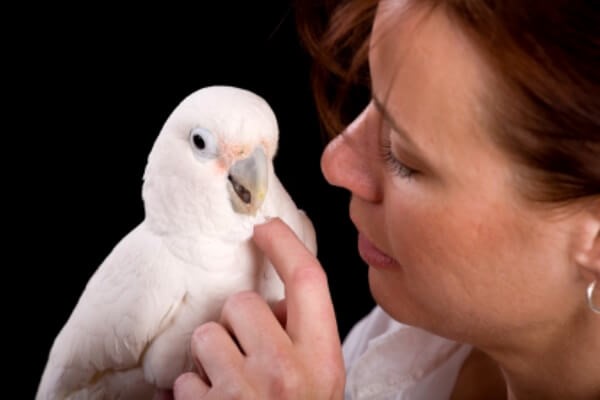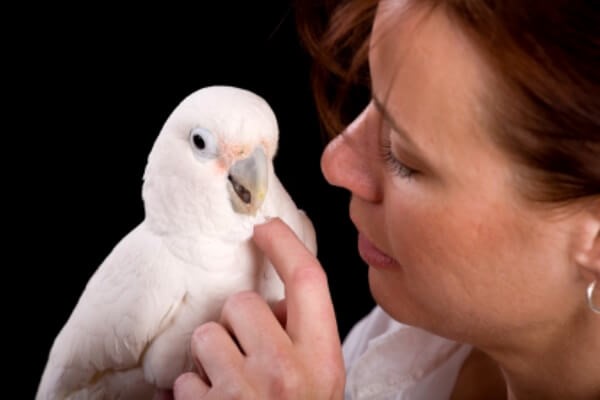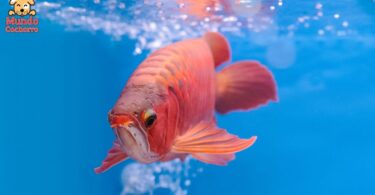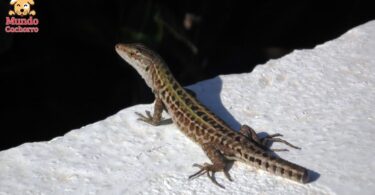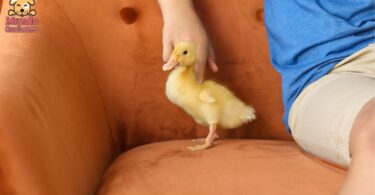Getting a cockatoo to possess itself on its owner’s hand is one of the first basic and most important lessons in its life as a pet. This command fulfills different functions, ranging from moving the bird from one place to another to achieving a stronger bond between the bird and its human.
This training needs some essential elements, which are perseverance, routine, positive reinforcement, rewards and the bird’s trust in the person. Depending on the cockatoo’s personality, this may take more or less time, but the steps on how to teach a cockatoo to perch in your hand are always the same.
Basic principles
In order to teach the cockatoo correctly, it is essential to know and take into account certain information to carry out the process effectively. To begin with, this training should be started after the bird has adapted to its new home and the people who live there, otherwise the chances are very high that the bird will become stressed and attack anyone nearby.
The cockatoo’s trust towards the person who is trying to train it is essential for success, because the more trust, the more receptive the bird will be to what you want to teach it. For this reason, it is also important to establish a routine and times that are specifically used to teach the cockatoo to climb on its owner’s hand.
Training periods should be short, 10 to 15 minutes, and can be repeated two or three times a day. The environment where the bird is going to be plays a crucial role as well, because if there are too many distractions or things that she may consider a threat, the cockatiel’s attention will waver. Apart from this, a comfortable environment for the animal is the best way for it to feel relaxed and safe.
Step-by-step to teach a cockatoo to climb on your hand
Once you have the environment ready, several of the cockatoo’s favorite snacks prepared and the motivation, it is time to start training by following these steps:
- Get the cockatoo used to your hand: there are different ways to achieve this end, the most recommended are to give the bird food in its mouth from time to time, place your hand near it for short periods of time and show in your daily interactions that they are not a threat. It is important to accomplish this step before proceeding with the others.
- Bring your hand close to the cockatoo and let the cockatoo interact with it: once the bird gets used to the presence of your hand, it will be time for the cockatoo to start having more direct contact with your hand. The way in which the hand is placed and the posture of the person will have a determining role in this part; the person should be facing the cockatoo, but not close to it, and if possible a little bent down so as not to intimidate it because of the difference in size; the hand should be placed only a few centimeters away from the bird and a little above the level of the perch where the cockatoo is. The hand can be placed vertically or horizontally, whichever is more comfortable for you.
Keyword and prize: the most recommended when training is to assign a keyword to the action you want to achieve, in this case “up” and “up” are the most used. When the bird begins to approach the hand, one of these words should be pronounced to create an association. Once the cockatoo puts one of its legs on the hand, it will be given a reward, and so on until it climbs completely onto the hand; this should be repeated until the bird climbs onto the hand without the need for an incentive.
Image courtesy of (www.curiosfera.com), all rights reserved.


